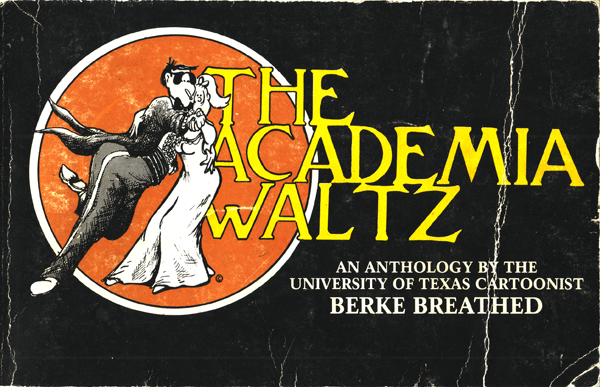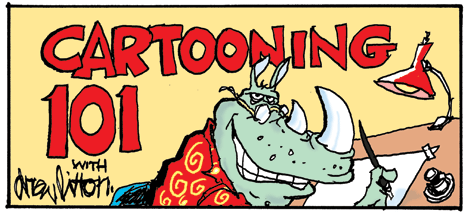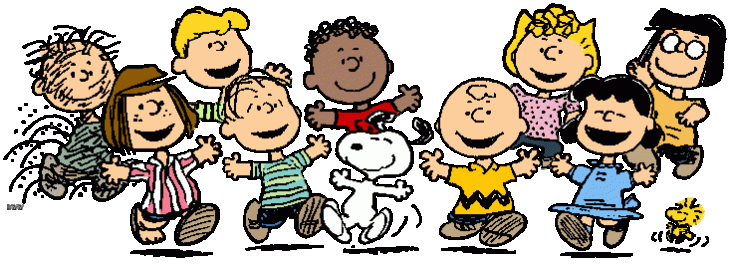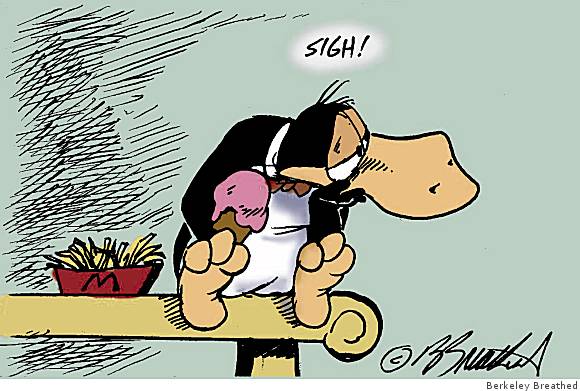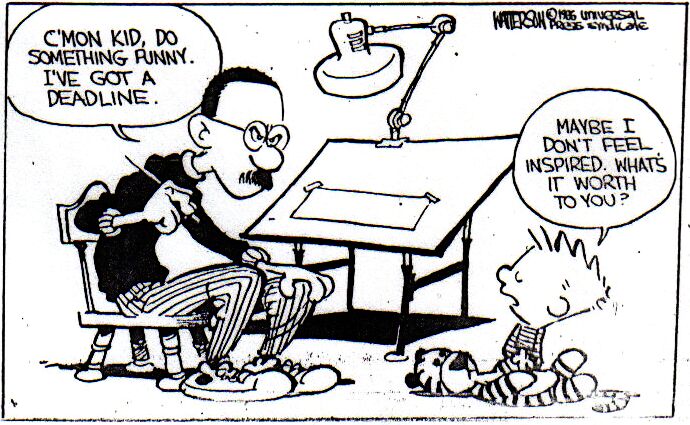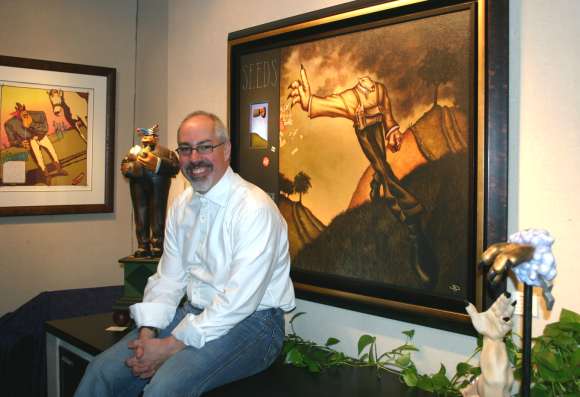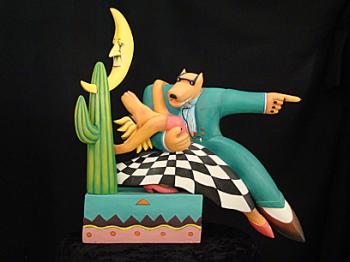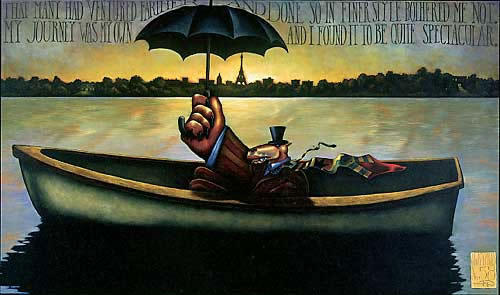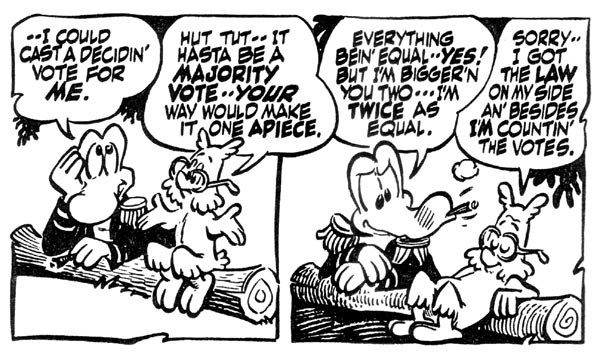
The Beatles have inspired hundreds of thousands of artists, writers, musicians and songwriters. There are an unending amount of creative tips and techniques we can learn from their years of creative productivity. Today I want to share some of the cool things about the inspirations behind many of the Beatles most memorable songs.
By the time the Beatles were invited into the living rooms of America in February of 1964 on the Ed Sullivan Shows, these young guys from Liverpool were already a polished and very experienced band of musicians. They had spent years playing 5 hours or more a night, 7 days a week in the clubs of England and Hamburg, Germany. In his recent book “Outliers” author Malcolm Gladwell attributes the Beatles incredible success to the 10,000 hour rule.. Gladwell’s 10,000 hour rule estimates that it takes roughly that many hours of dedication and hard work to become proficient enough with your God given talents to be truly masterful. I think it’s a great example that nothing great is ever achieved without years of preparation.
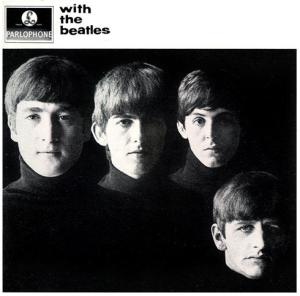
The early years of the Beatles creativity were influenced by the music they grew up with including Gospel, R&B, rockabilly and the beginnings of rock and roll. The subject matter of their early work consisted primarily of love songs and teen relationships. As they matured, so too did their music and the inspirations behind the songs.
Lennon and McCartney worked together in the early 60’s bouncing their songs off of one another face to face, often in hotel rooms while on tour. Their popularity had forced them into a world of isolation and yet their exposure to all of the many places they toured and the people they encountered certainly primed the pump to create at an amazing pace.
Tomorrow I’ll delve more into that collaborative process and how we can apply the Lennon McCartney creative approach in the atmosphere of the corporate workplace. But for today I think it’s key to remember that their relationship and their approach to songwriting allowed them a greater range of creative options to explore than if they had chosen to work separately.
I’ve broken down a list of Beatles songs and the inspiration behind them into categories. I think this helps to be able to see how many songs were influenced or inspired in different ways and I hope gets your creative mindset open to the possibilities for the creative sparks all around us everyday. They are there, if we are open enough and observant enough to see them and use them in our own process. Much of the information I gathered for my research for this list came primarily from the terrific book “A Hard Days Write” by Steven Turner. I highly recommend if you want to get a much more in depth explanation behind the songs.
The Beatles and The Seven Sources of Creativity.
1. People
Iris Caldwell, one of the girls McCartney dated inspired “I saw her standing there”- Paul
Dot Rhone, another of Paul’s girl friends from1961 inspired “PS I Love You”-
Jane Asher, McCartney’s most steady female relationship in the Beatles early years was the inspiration behind numerous songs including “We can work it out”, “And I love her”, “You Won’t See Me” “I’m Looking Through You”, “Here, There and Every where” and “For No One”
Pattie Boyd, George Harrison’s wife whom Harrison had met during the filming of “A Hard Days Night” inspired “I Need You” “ “If I Needed Someone”, the enduring “Something” and the Eric Clapton song “Layla” after her affair with Clapton.
Cynthia Powell ,John Lennon’s first wife inspired multiple songs including “Do You Want to Know a Secret” after Lennon learned she was pregnant. The couple married shortly thereafter.
Lucy O’Donnell was Julian Lennon’s child hood friend that inspired a picture that became the source of the Lennon classic “Lucy in the Sky with Diamonds”
Tar Browne was the friend “who blew his mind out in a car” in the song “A Day in the Life”. Lennon wrote the lyric partly after the tragic car accident that claimed the life of Browne, a well to do Irish socialite.
Prudence Farrow-Mia Farrow’s younger sister who inspired the song “Dear Prudence”
Linda Eastman, whom McCartney married in the later Beatles years inspired many songs including “Birthday” from the White Album
Yoko Ono, Lennon’s second wife inspired-”Don’t Let Me Down” and, of course, ” the ballad of John and Yoko”. There’s no real proof that Yoko was the muse for the cryptic song about a Lennon extramarital affair in the song “Norwegian Wood”
Rosa Parks was the inspiration for the classic McCartney song “Blackbird”
Timothy Leary’s run against Ronald Reagan for Governor of California inspired Lennon’s attempt at the campaign song “Come Together”
Julia Stanley,John’s mother inspired the song “Julia”
Mary McCartney, Paul’s mother provided some of the inspiration for ”Let It Be”
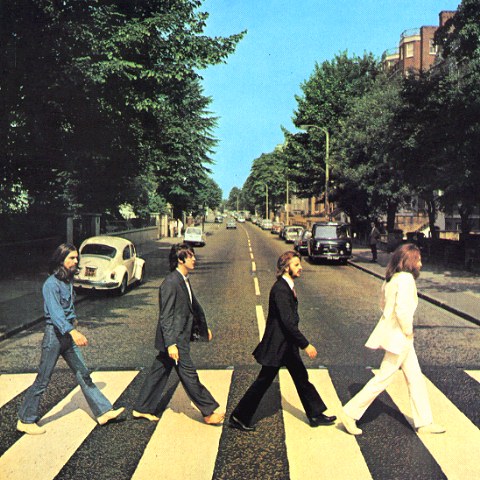
2. Places
Abbey Road
Hamburg helped inspire “Ticket to Ride” Lennon’s veiled song about the licenses prostitutes in Hamburg had to acquire to be legal.
Penny Lane a song by McCartney was about the area he and Lennon had grown up in.
Strawberry Fields was a large Victorian building in a heavily wooded area close to one of Lennon’s childhood homes. The building became a place he could escape to be alone to think. He remembered it fondly as a place he could let his creative imagination roam free. The building is no longer there.
High Park was the farm in Scotland owned by McCartney and the inspiration behind “The Long and Winding Road”
The Lennon song “In My Life” had numerous references to places he remembered during his youth. He took them out so the song could be a bit more relevant to a wider audience.
3. Things
“Eleanor Rigby” was actually a name on a tombstone near the place where Lennon and McCartney first met. It wasn’t until years after the song was written that McCartney became aware of the actual existence of an Eleanor Rigby tombstone. The name had manifested itself subconsciously from something he had seen years before.
“Paperback Writer” was written mostly because Paul liked the sound of the words. SGT Pepper reference to salt and pepper or Dr. Pepper
Salt and pepper became “Sgt. Pepper”
Lewis Carroll’s Through the Looking glass and Alice’s Adventures in Wonderland inspired some of the lyrics Lennon’s “Lucy in the sky with diamonds”.
The Goon Show, a British radio comedy show also was a source for Lennon’s lyrics in “Lucy in the Sky with Diamonds” and “I am the Walrus”
A piece of property Paul had purchased sight unseen became a song called “Fixing a Hole”.
Newspaper articles inspired McCartney’s “She’s Leaving Home” as well as Lennon’s contribution to the song “A Day in the Life”.
An 1843 Circus Poster that Lennon discovered in a 1967 stroll through an antiques store inspired the classic “For the Benefit of Mr. Kite
Eastern philosophy inspired George Harrison to write “Within, Without You” “I, Me, Mine”-
A box of corn flakes became the song “Good Morning, Good Morning.
Television advertising Slogans helped Lennon pen the anthem “All You Need is Love”. Lennon found himself more at home after 1965, burned out from the rigorous schedule the Beatles had kept in the early 60’s. Simple things found around the house now inspired Lennon songs mostly because he was too worn out to venture any further.
A play-on-words became “Hello Goodbye”

4. Emotions
Both Lennon and McCartney lost their mothers at a young age, which influenced each in very different ways.
Lennon internalized it more, and it manifested itself in his songs like “Help”, It Won’t be Long”, “Tell me Why” “I’m a Loser” and “Nowhere Man” each stemming from feelings of isolation, loneliness, and insecurity.
McCartney, whose childhood was much more stable than Lennon’s, despite the loss of his mother, tended to write more optimistic songs like “All My Loving”, “She Loves you” and “We can Work it Out”.
McCartney wasn’t always upbeat. His song Hey Jude was a compassionate letter to Julian Lennon, who was forced to endure his parents painful divorce, and “Let it Be” was all about the pain of the Beatles being torn apart at the seams after the loss of Brian Epstein.
Paul and John weren’t the only ones who were able to express emotions through their songs.
“It’s been a Hard Day’s Night” and “Eight days a Week” were both inspired by Ringo Starr’s frustration with the Beatles often grueling work schedule
“Don’t Bother Me” was written after George Harrison’s day in bed with the flu.
“Here Comes the Sun” was also written by Harrison to express a glorious moment of freedom from the the painful ongoing business meetings at Apple studios that would be the bands undoing
5. Environment
Much has been made of the influence that drugs played in the creative process of the Beatles. Many of the alleged references such as “Lucy in the Sky with Diamonds” being a cover for a song about LSD just simply weren’t true. But clearly some of their songs were a product of their environment and the time in history in which they created. Songs like “Rain”, “Got to get you into my life”,”Tomorrow Never Knows” and “She said, She said” were most likely songs about their experiences. Since I come from the school of thought that any kind of artificial stimulus impedes the creative process (that includes caffeine, so I’m guilty as charged) I won’t speculate here as to the outcome that the Beatles experimentation had on their process.
Dreams can often be part of the creative process. The song “Yesterday” literally wrote itself musically as McCartney awoke one morning. He sang “scrambled eggs” to remember the melody and completed the lyrics much later.
A Family boating outing inspired Ringo Starr’s Octopuses Garden.
“It’s Getting Better All the Time” and “Fool on the Hill” were a product of McCartney’s many walks with Martha his dog.
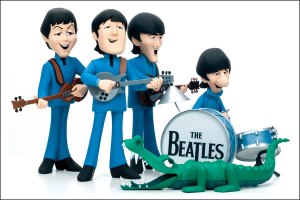
6. Childhood
“Yellow Submarine” was a McCartney’s attempt at writing a children’s song
“Penny Lane” and “Strawberry Fields” were both childhood recollections and the song “I Get by With a Little Help from my Friends” was a children’s song for Ringo’s Billy Shears character on the Sgt. Peppers album.
The writings of Lewis Carroll were a definite influence in John Lennon’s creative process, as I mentioned earlier. The poem “the Walrus and the Carpenter” inspired “I am the Walrus”.
And, strangely enough, McCartney’s song about growing old “When I’m Sixty Four” was written at the ripe old age of 15.
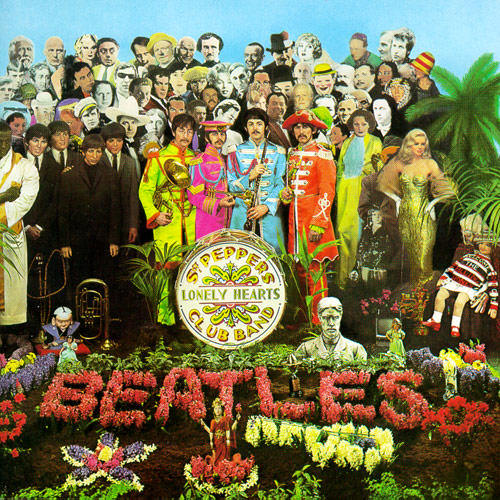
7. Sounds
The Beatles sound was inspired by a myriad of musical influences. They were known for borrowing a chord from a Glenn Miller song to practically lifting a bass part right out of a Chuck Berry tune.
Bob Dylan, Buddy Holly, Smokey Robinson, Wilson Pickett, the Shirelles, the Chiffons, Nina Simone, The Loving Spoonful and the Who were all influences that the Beatles incorporated into their songs and melodies.
The key were there is incorporated, not copied.
It’s OK for an artist to reflect those influences that inspire them, to learn from them. It’s not cool to have your art, writing or music be so influenced by one certain artist that it ceases to be yours. In other words, like the Beatles, diversify your inspirations.
There’s a lot to absorb here. Take your time or print this list out and just ponder it for a while. And next week as you start to create, set aside a little time to be inspired by something in your world that is under each of these Seven Sources of Creativity categories. I’m going to do it and see what I find. I hope you will too.
Tomorrow I’ll be back here with The Beatles Build a Better Business or Creative Collaboration in the workplace the Lennon and McCartney Way.






